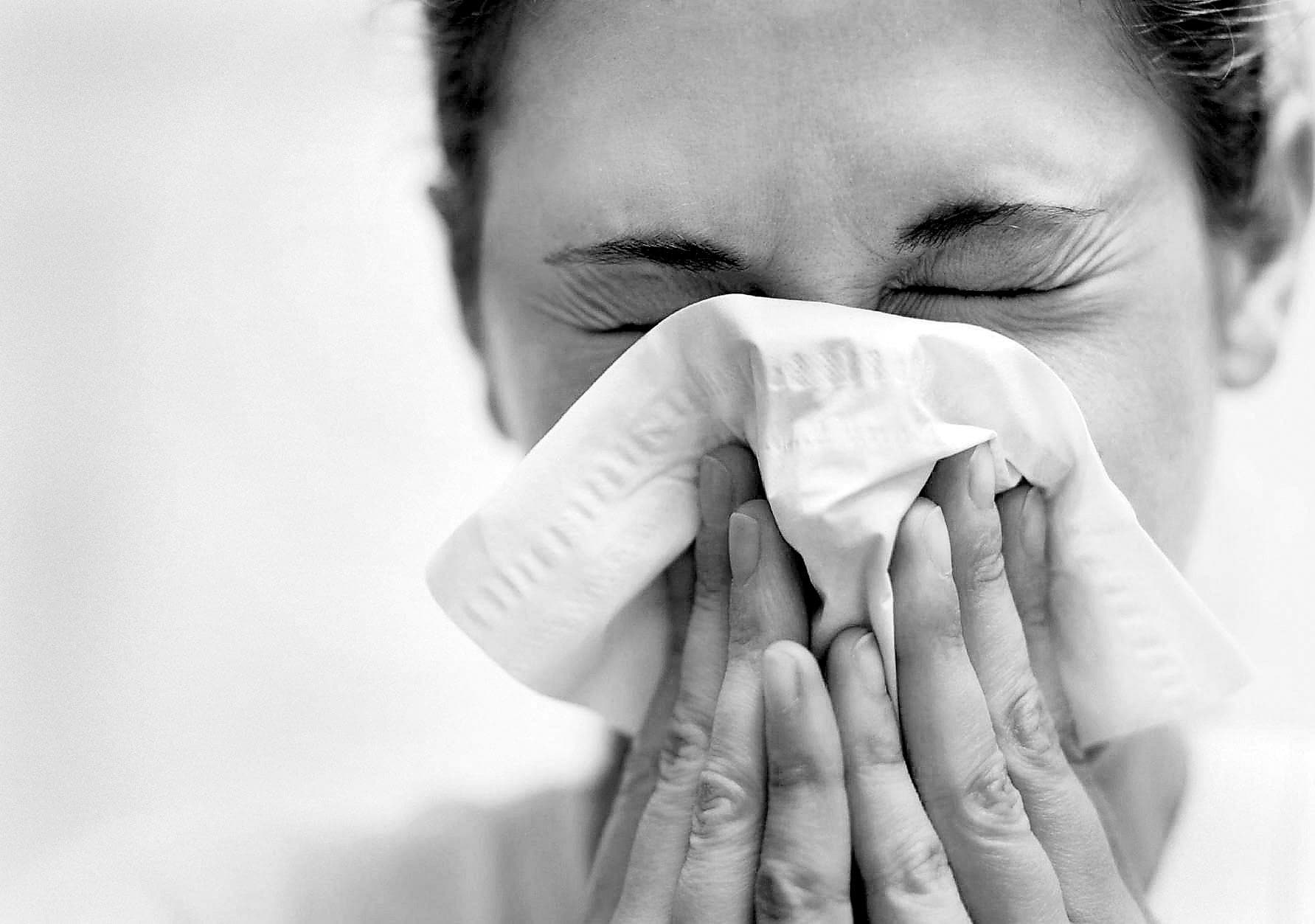Besides low temperatures, if winter is characterized by anything, it’s respiratory illness. These illnesses can range from colds to more serious infections or viruses, such as COVID-19 or influenza A. The incidence of these illnesses sometimes increases significantly after Christmas and New Year’s gatherings. Generally speaking, celebrations that bring more people together in closed environments and have more physical contact inevitably increase the amount or probability of transmission. If contagion occurs, it only takes a few days for symptoms to appear.
However, in the wake of COVID-19, distinguishing between this infection, influenza A, and a simple cold has become increasingly complex. By attacking the entire respiratory system, symptoms such as coughing, nasal congestion, fever, or malaise often occur. How do you know if you have COVID-19, the flu, or a cold? The first step in determining what it is is to observe which symptoms are more prominent than others. Below, we explain how to distinguish them.
In the case of COVID-19, the most obvious symptoms are fever, cough and fatigue. When it evolves more quickly, other symptoms may occur, such as difficulty breathing and partial or complete loss of smell and taste. Muscle pain, headache, and sore throat may also occur. In the case of influenza A, the most characteristic symptoms are severe headache, runny nose, and sore throat. Likewise, a wet cough and some digestive symptoms may occur, including nausea, vomiting, and abdominal pain.
Finally, in the case of a cold, the most obvious and common symptoms are nasal congestion and runny nose. In some cases, it can also cause sore throat and sneezing. In exceptional cases, fever, fatigue and myalgia, or muscle pain, may also occur. Furthermore, its duration is usually shorter and more intense than the previously mentioned pathological conditions. In short, it is important to consider that this scale of symptoms is indicative. In some cases, screening tests or consultation with a doctor may be recommended. In all cases, it is most recommended to use a mask when going out.

